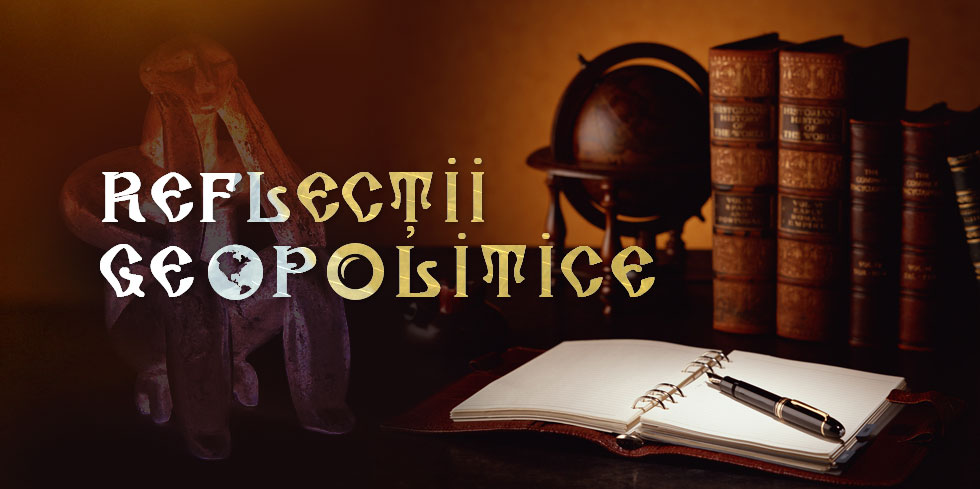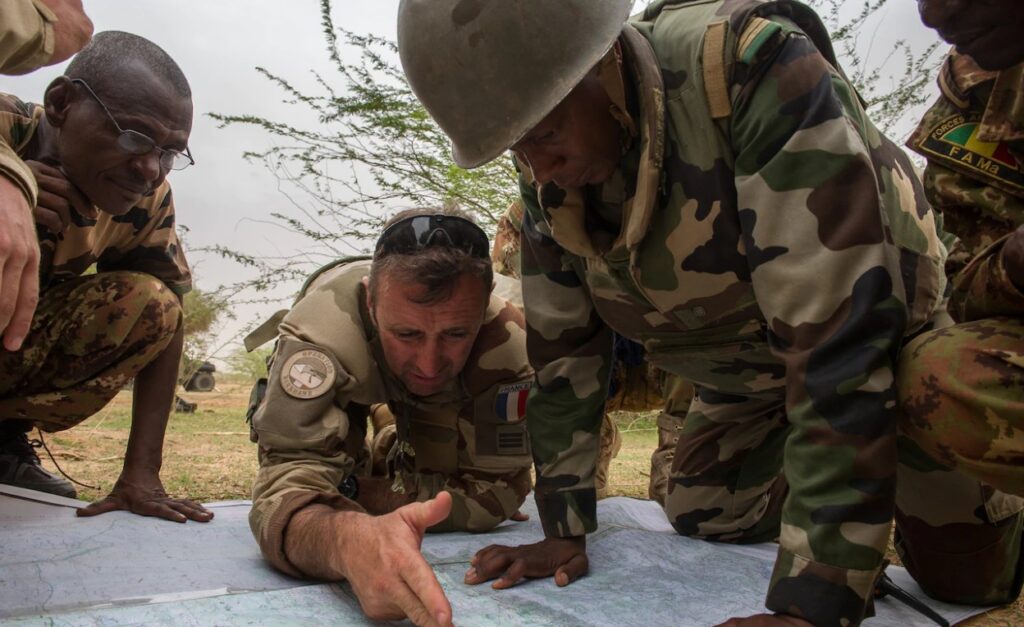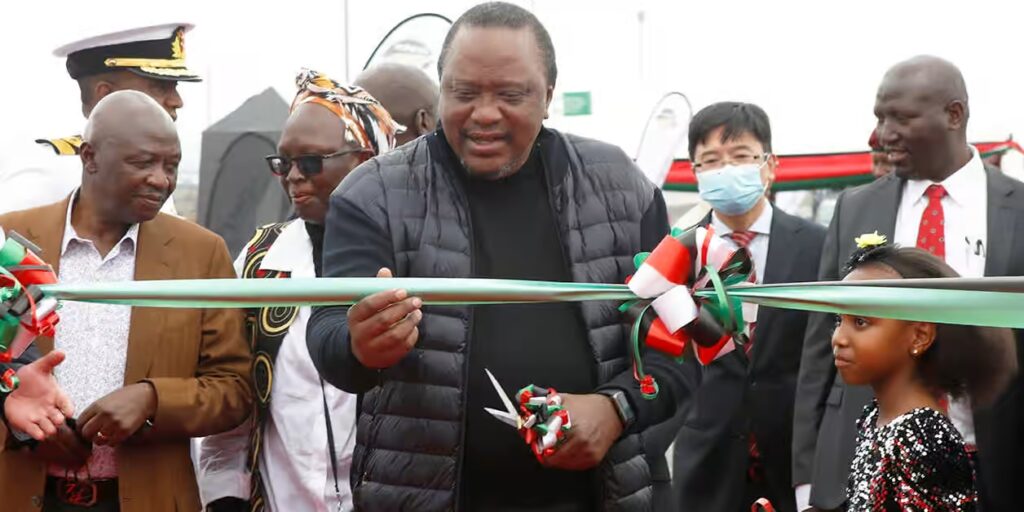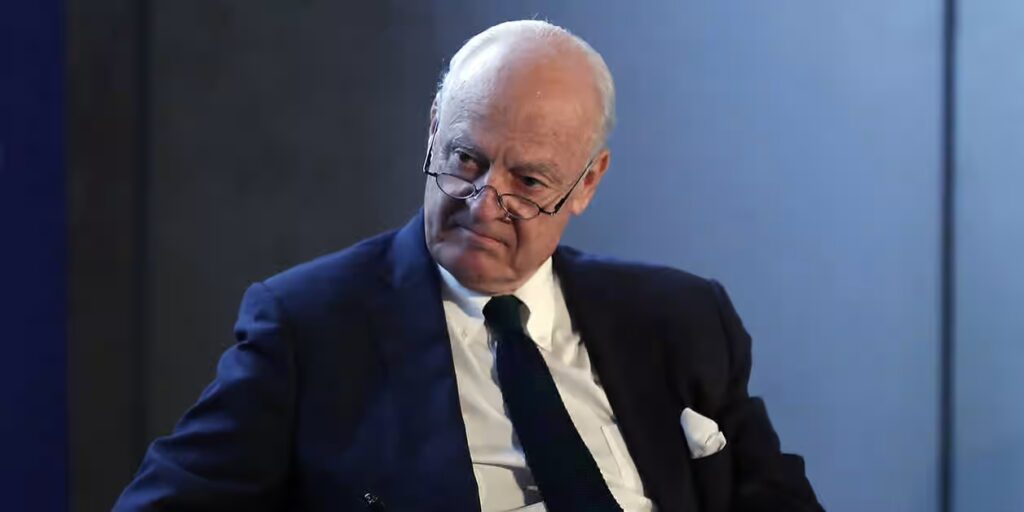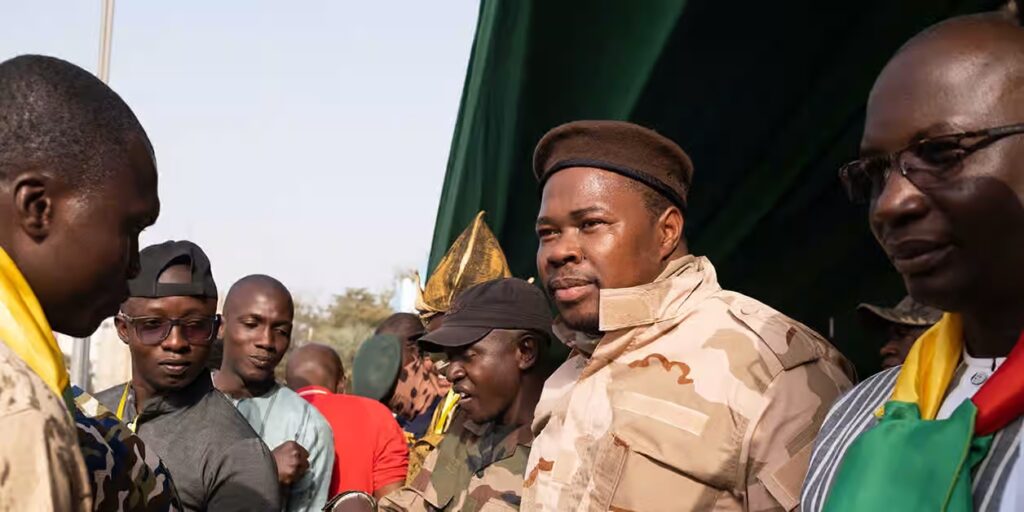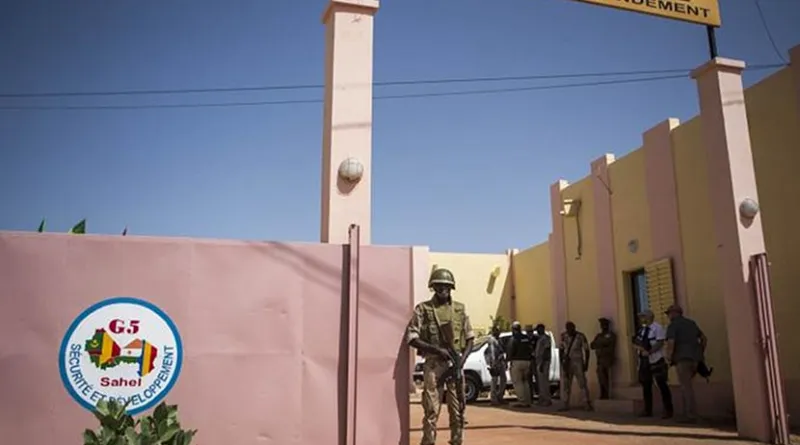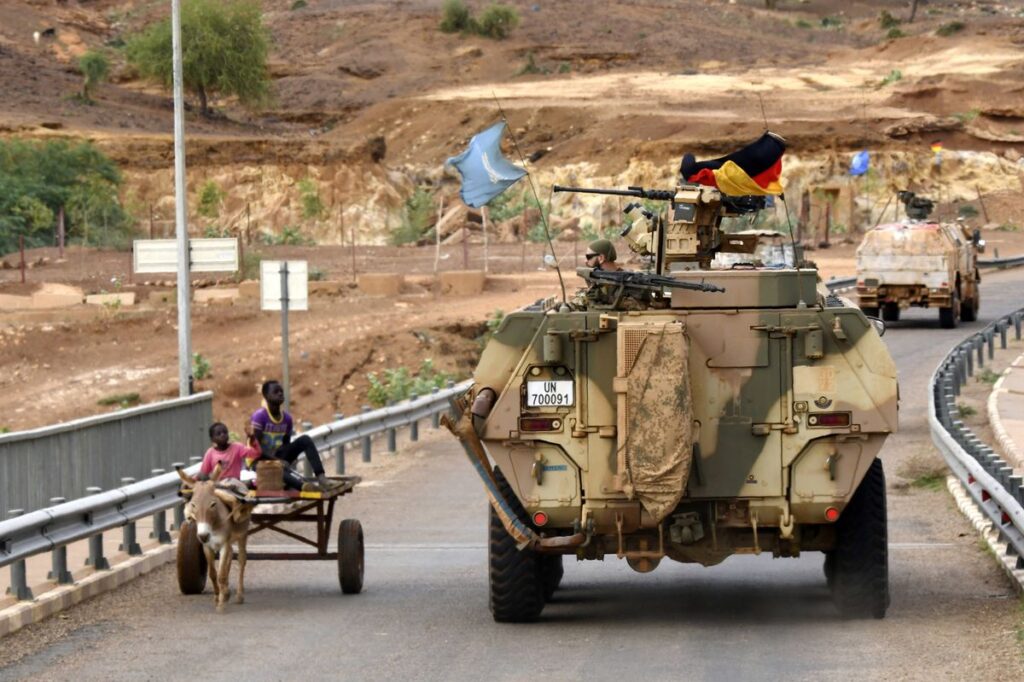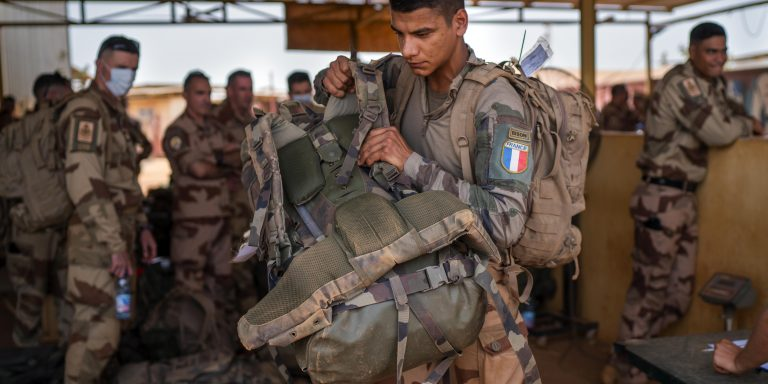Africa: Violent Extremism – Africa Records 346 Terrorist Attacks in Q1, 2022

The Minister of National Security, Mr Albert Kan-Dapaah, has revealed that 346 terrorist attacks were recorded in Africa in the first quarter of 2022, with 49 per cent of them occurring in West Africa alone.
Also, he indicated that between July and September this year, 246 terrorist attacks resulting in 745 fatalities and 239 injuries were recorded in West Africa.
